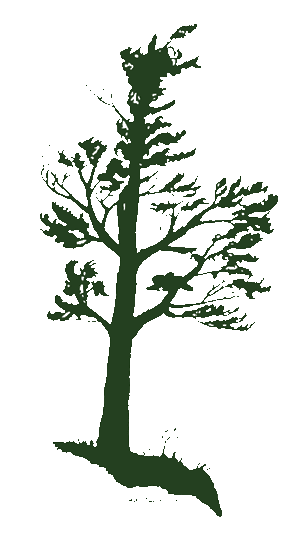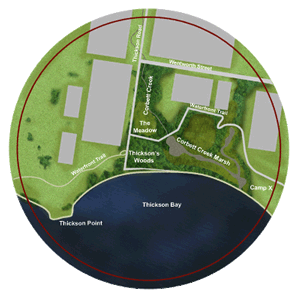Why Thickson’s Woods?
There are very few privately protected wildlife areas on the north shore of Lake Ontario. Free of political influence or pressure from development, Thickson’s Woods Nature Reserve sits as an oasis in the middle of a concrete desert. Hence the Reserve has become critical as an indicator of how industrialization impacts historical, present and future biodiversity.
Known since the 1960s as a birding “hotspot”, there is much more to the Reserve than being an important bird migration stopover.
There have been many impressive historical sightings of all kinds of wildlife, from beavers to rare butterflies to dragonflies to bats, as well as many unusual plants and trees. But most non-bird sightings have only been through casual encounters and have not been fully documented. It is becoming ever more important to record what is happening to the biodiversity of the Reserve in our efforts to manage any negative changes within our control.

On this basis, the Matt Holder Environmental Research Fund has been set up in the memory of Matt in the hope that young naturalists will be encouraged to do research projects towards creating a complete inventory of the biodiversity of the Reserve and thus provide the data to help protect any species at risk.
